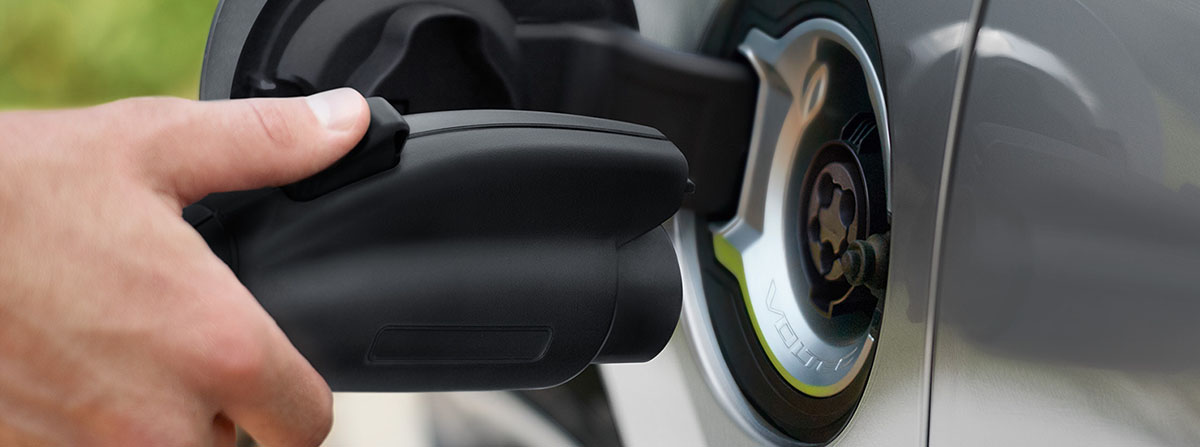
 Your Credit Estimate
Your Credit Estimate
 Your Credit
Your Credit
Your zip code helps us provide you with the most accurate vehicle pricing and vehicle availability.
We estimate your credit score to give you an idea of your monthly payments. To get an accurate payment amount, complete our credit application by clicking the Start Credit Application button below.
start credit application
The auto industry is going to see a lot of change between now and 2030. With many automakers finally taking the hint to go electric, whereas others are steadfast on expanding their already strong plug-in hybrid and electric vehicle (EV) lineups. Many automakers shared their plans for the rest of the decade in March 2022, such as Stellantis Dare Forward 2030, and on the west coast, California is shooting for a strong goal by 2035. Actually, that year is more like a deadline – in 2035, California will no longer allow gasoline-only vehicles on the road.
Wow, now that is strict. One would think all automakers would take notice, but apparently, Ford didn’t get the memo, retooling the Mustang to keep gasoline pony cars alive. The deadline is not without some strategizing, though. If we look at some of the business plans automakers have, many of which want to reach goals between 2025 – 2030, California’s Air Resources Board (CARB) chair Liane Randolph thinks another five years should give automakers enough time to commit to their new electrified lineups and focus on those car sales over gasoline-only engines still ticking away.
"We had to be cognizant of where the automakers are, where the supply chains are, where the production facilities are…I feel like we landed at the sweet spot." - Randolph told Reuters in an interview during Climate Week, a summit that takes place alongside the U.N. General Assembly
The state isn’t expecting all vehicles on the road to be EVs. Even with hydrogen fuel cell vehicles growing in popularity, big oil companies aren’t ready to let go of fossil fuels. Instead, the golden rule is to add an electric motor to any vehicle being introduced to the auto market. That means an upsurge of plug-in hybrid electric vehicles (PHEVs) for automakers still holding back on EVs. The Renault-Nissan-Mitsubishi Alliance is a good example. For the last two years, Mitsubishi Motors was supposed to release a new C/D segment PHEV, and instead, the automaker is adding a rebadged Renault Clio hybrid to the lineup.
Automakers everywhere will have to face the hard facts. A new demographic, one more environmentally conscious, is starting to take root, and those consumers want electric power. The CARB has even gone so far as to say that all automakers can sell no more than 20-percent of PHEV models by 2035, but there are still some hoops to jump through. For these rules to even take effect, California will require a waiver from the U.S. Environmental Protection Agency. California may also be the only state taking such extremes. Several states have adopted California's zero emission vehicle rules, but none have signed on to enforce the 2035 phase-out date.
It might be better to wait and see how things go for the next few years before setting strict deadlines. Remember 2019, when we thought 2020 would be the start of great things for the automotive industry? Obviously, not everything goes according to plan. Last year’s semiconductor shortage hurt a lot of automakers looking to release new features, and the typical battery-electric vehicle (BEV) needs twice as many semiconductors as the standard internal combustion engine (ICE). California likes to be seen as one of if not the most progressive state in the U.S., but it might want to pump the brakes on this one.
What are your thoughts on the 2035 rule? Join the discussion on NowCar social media.